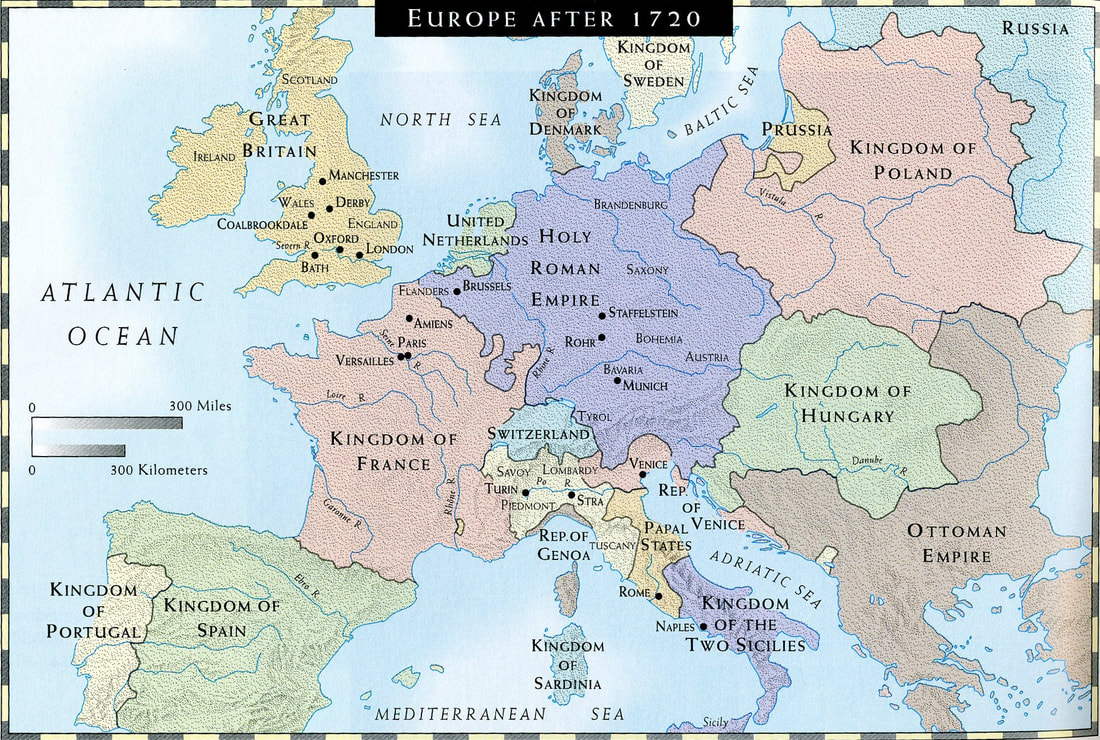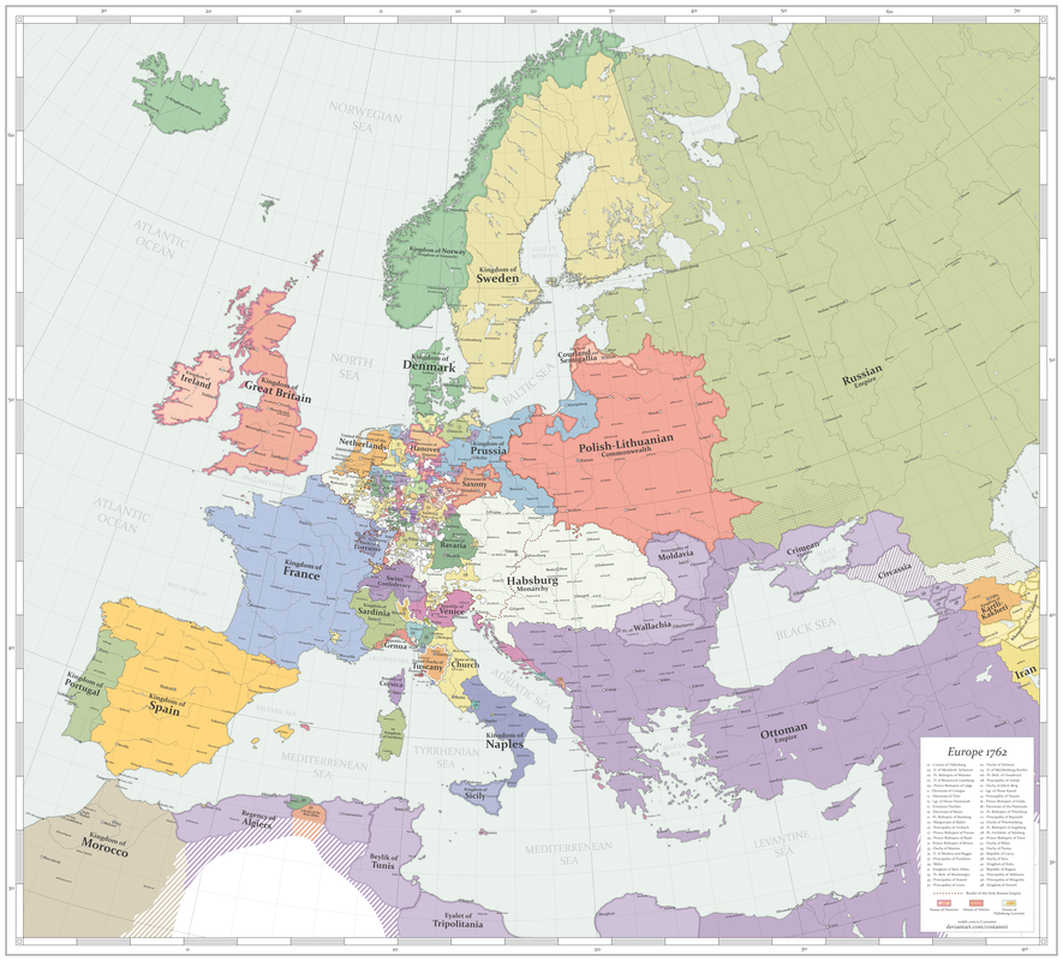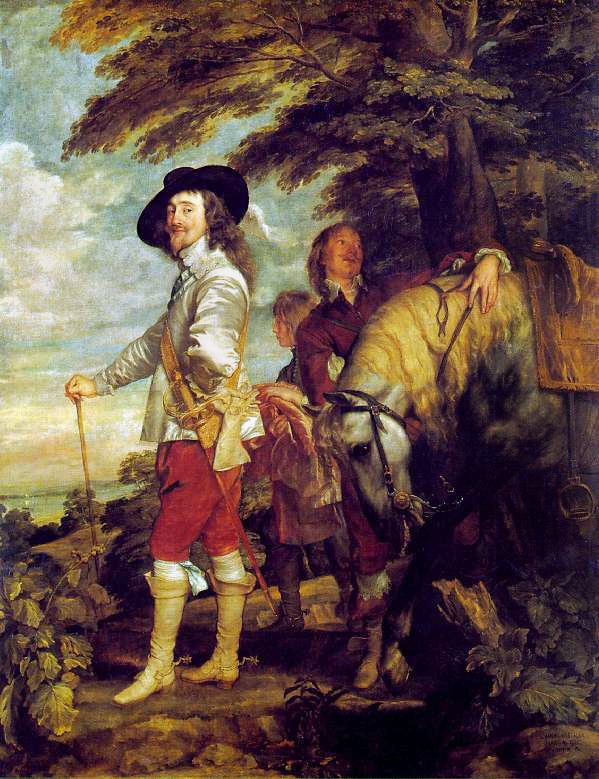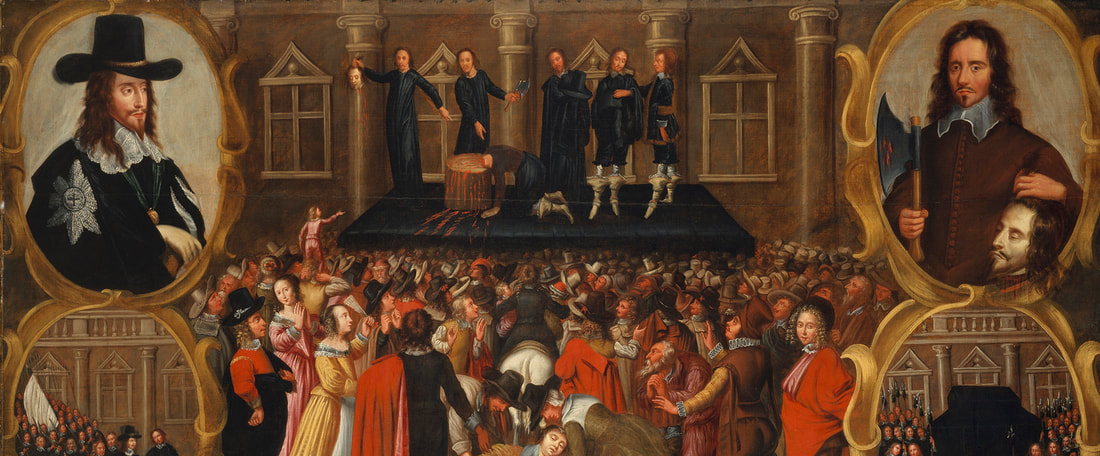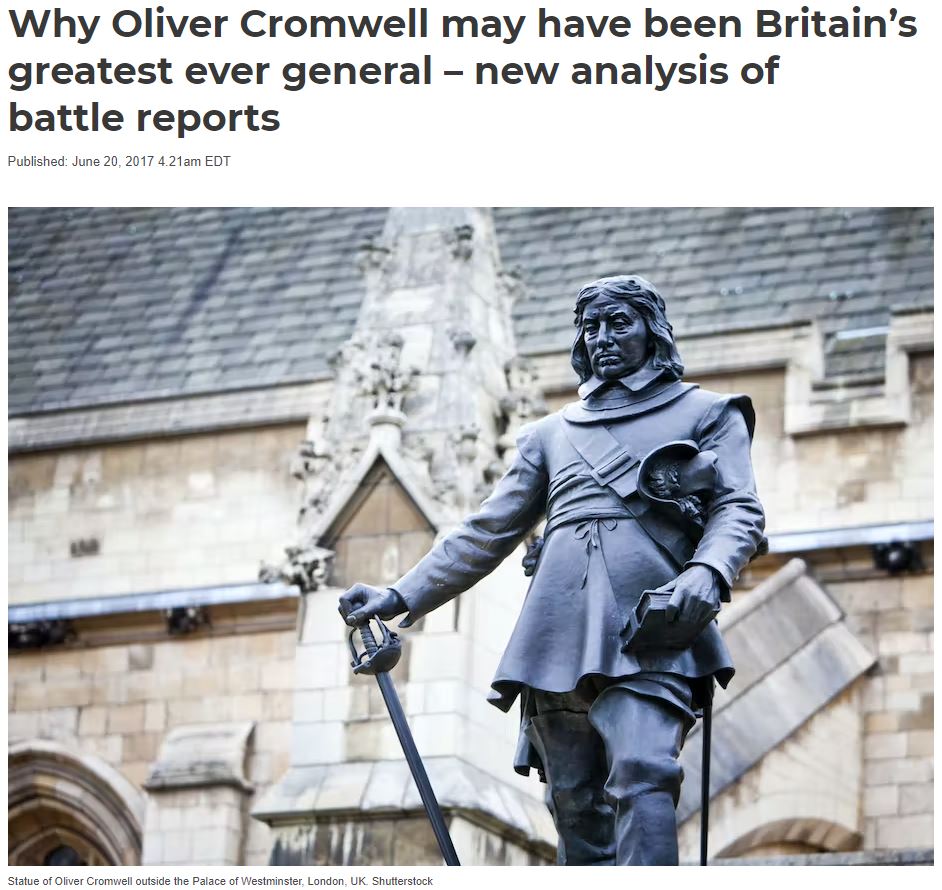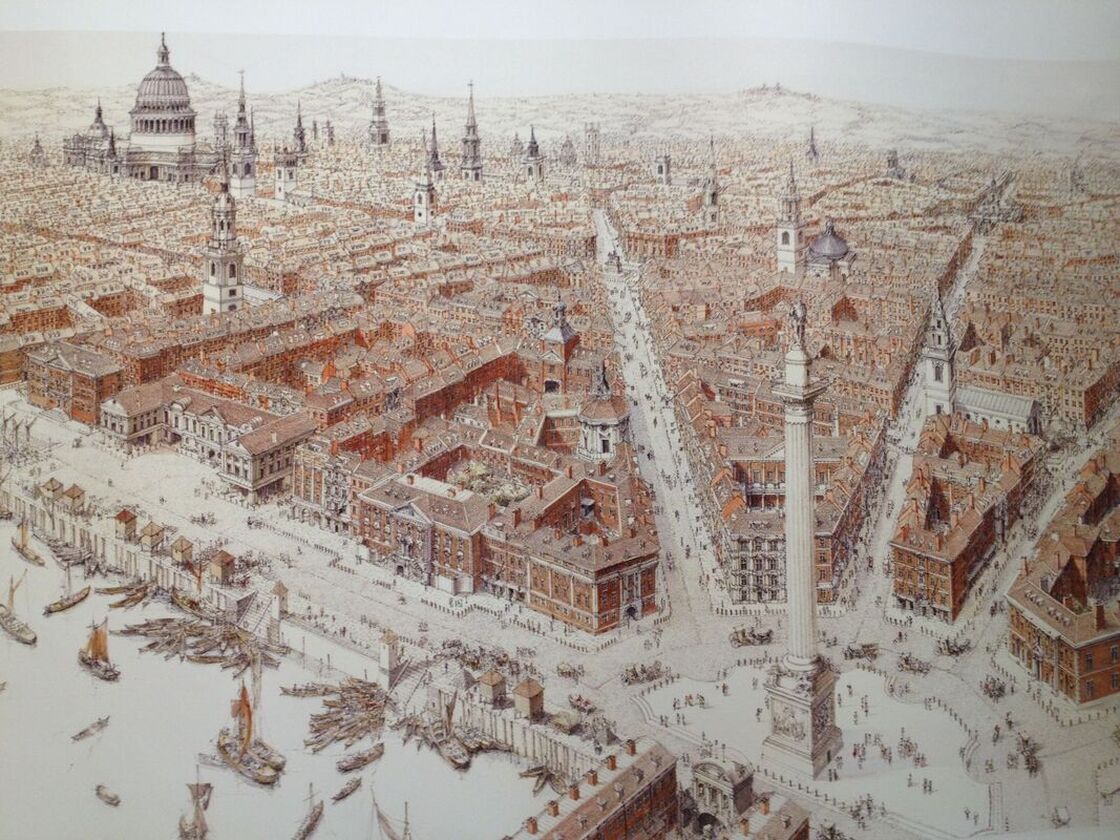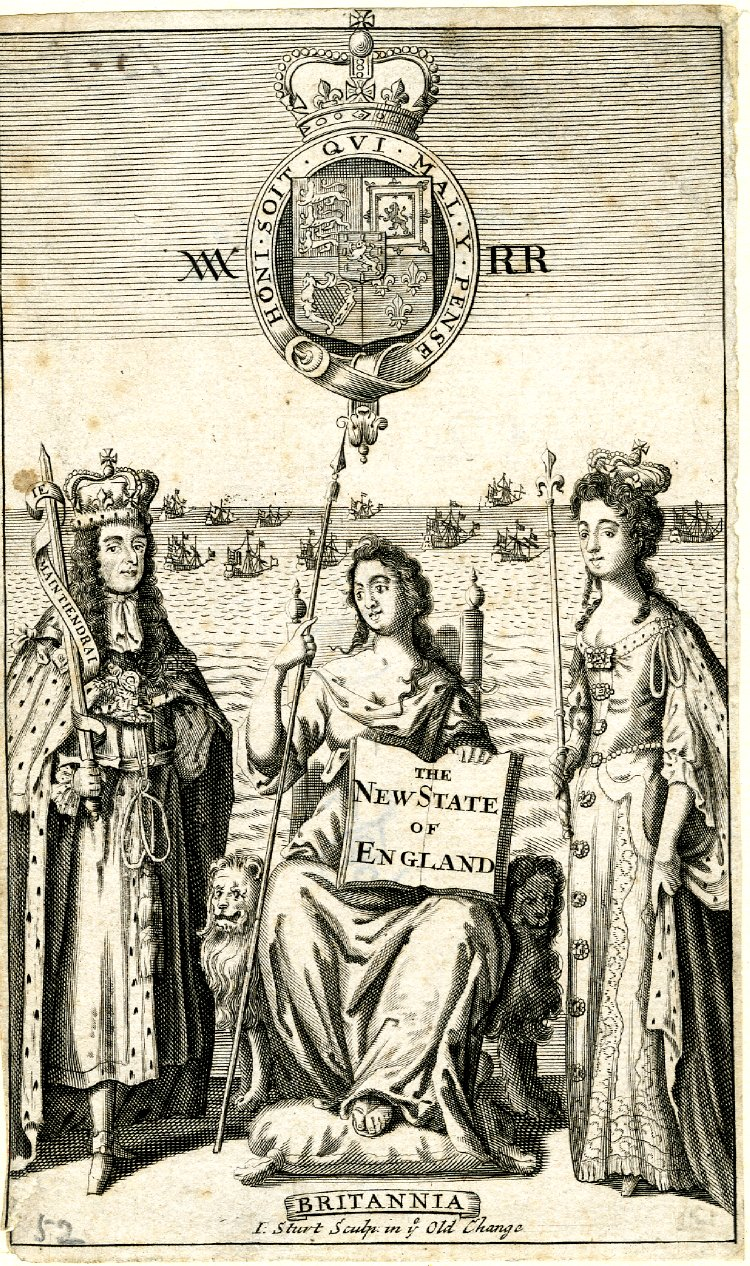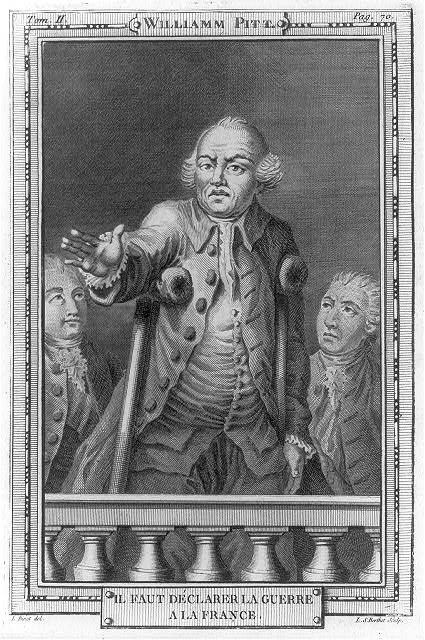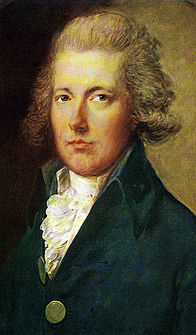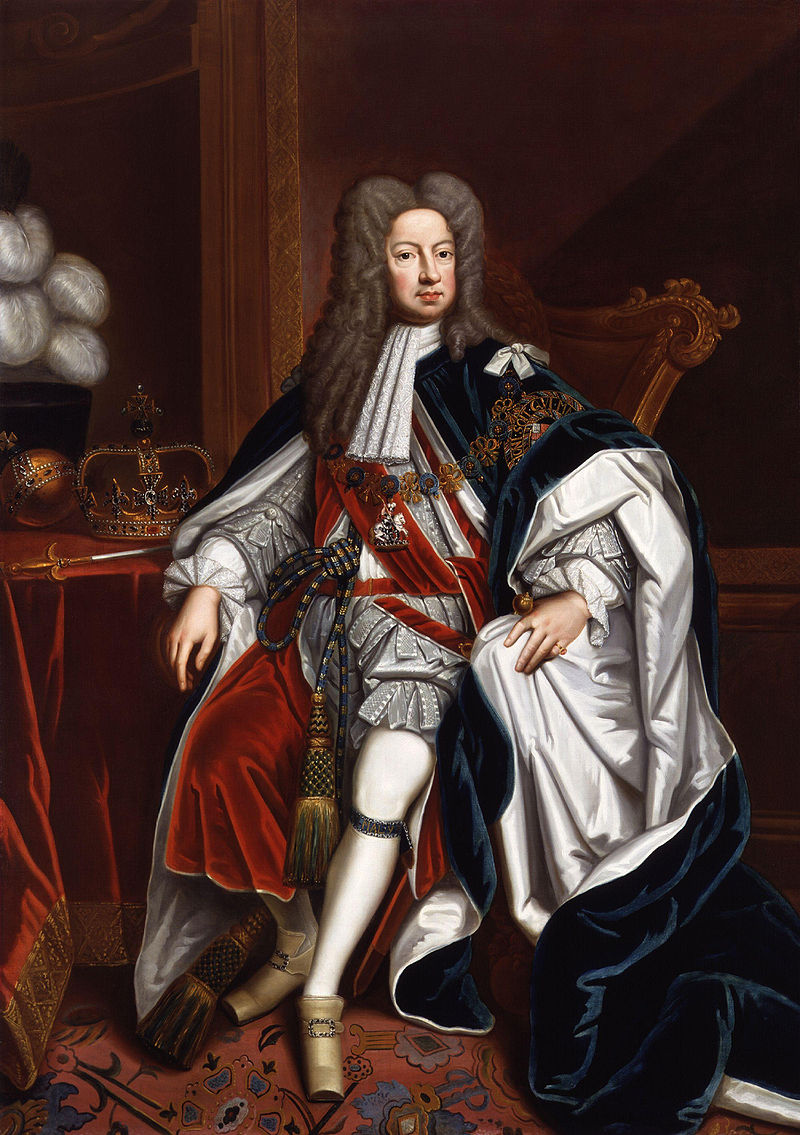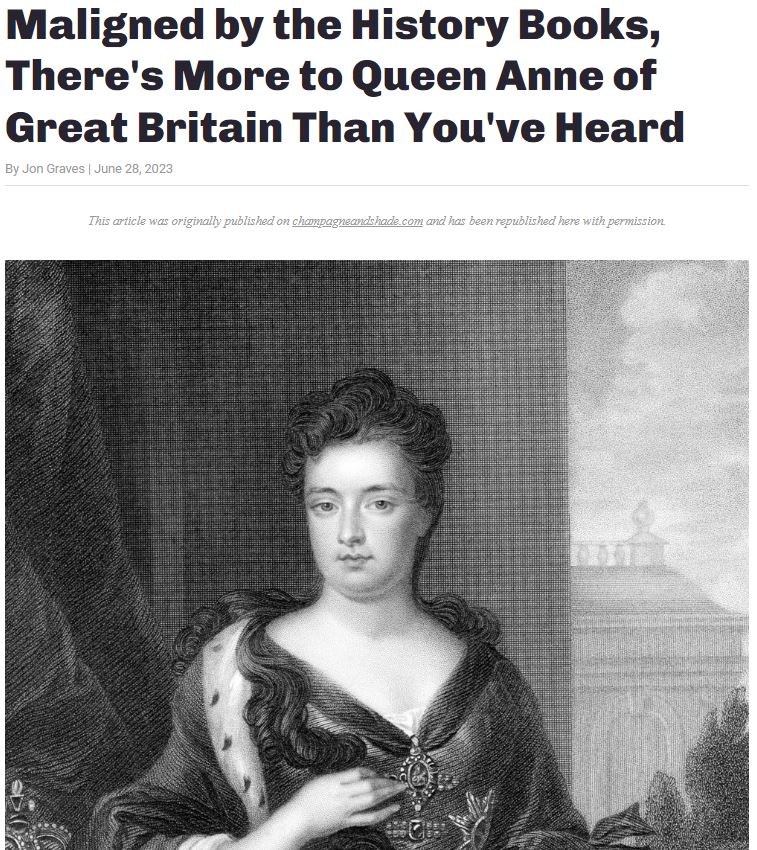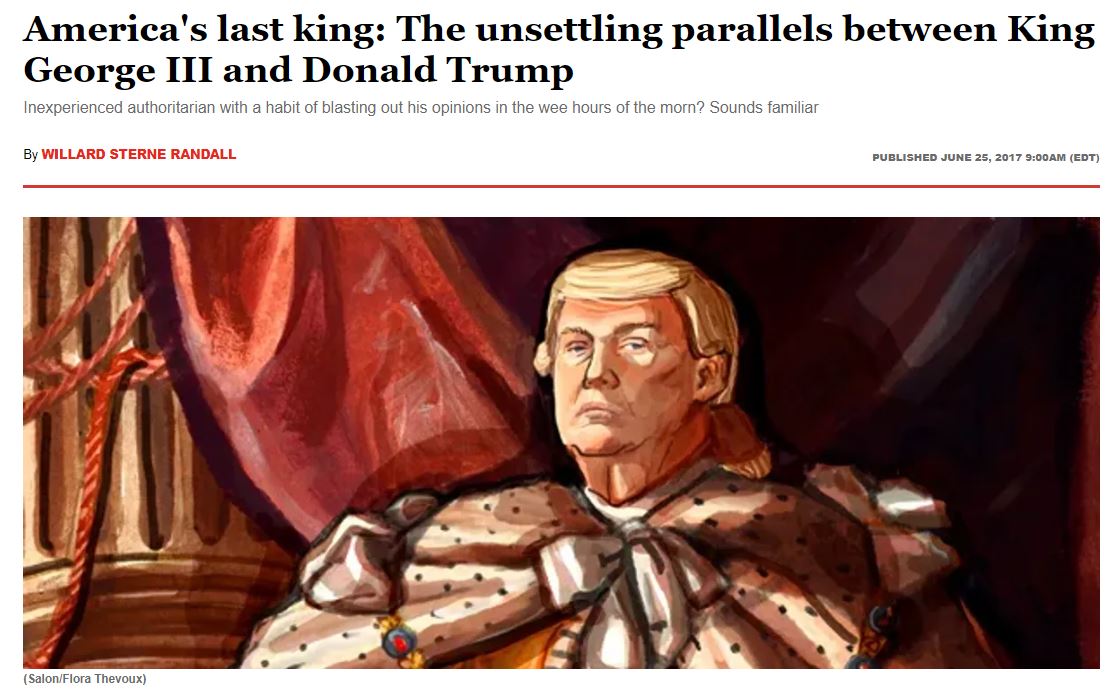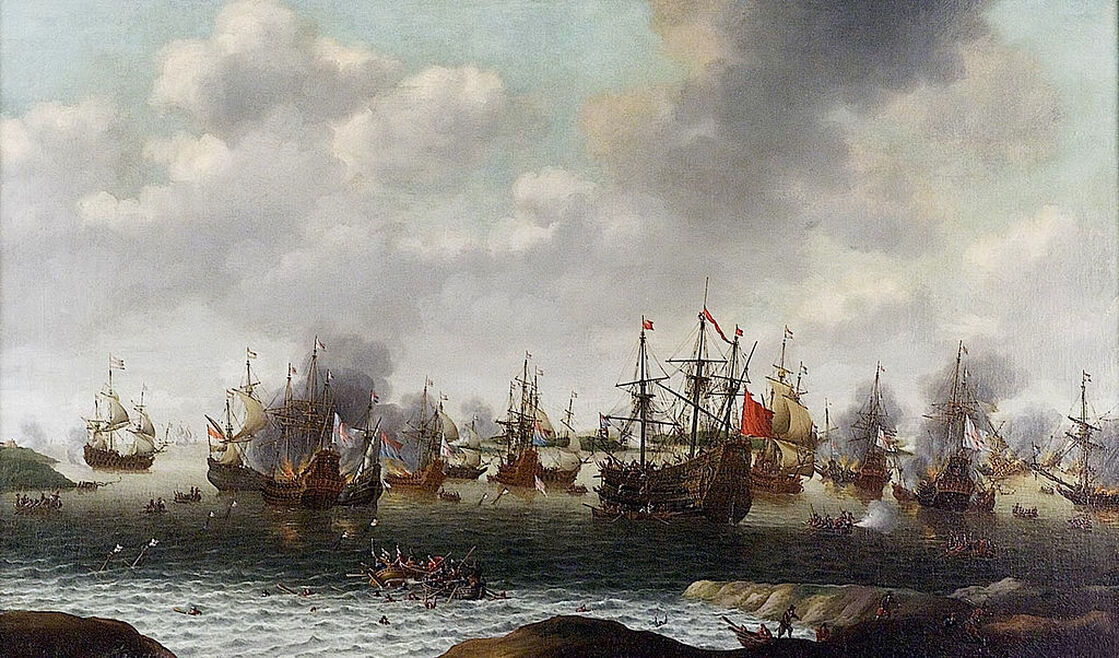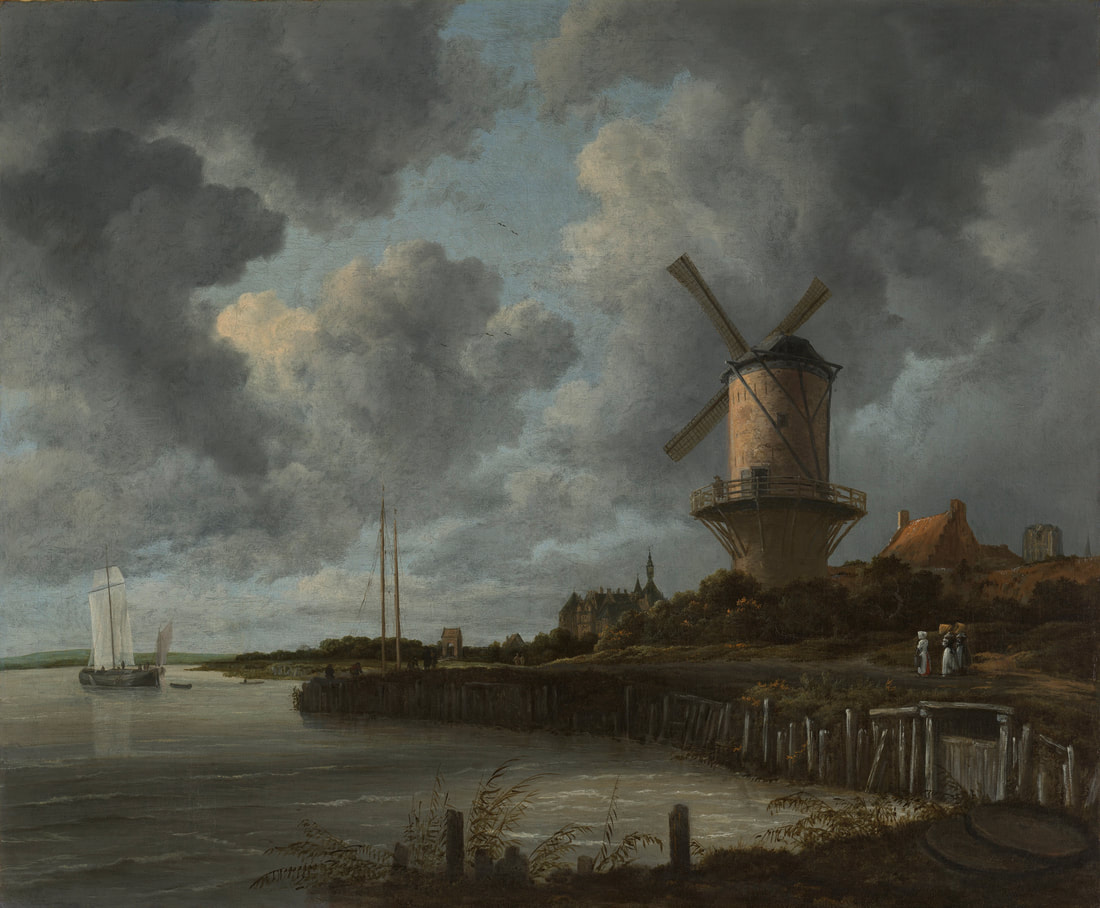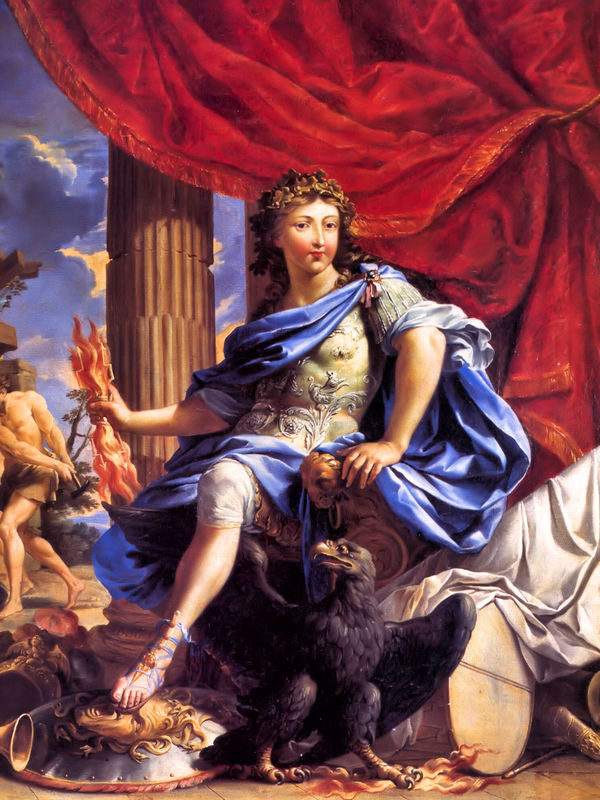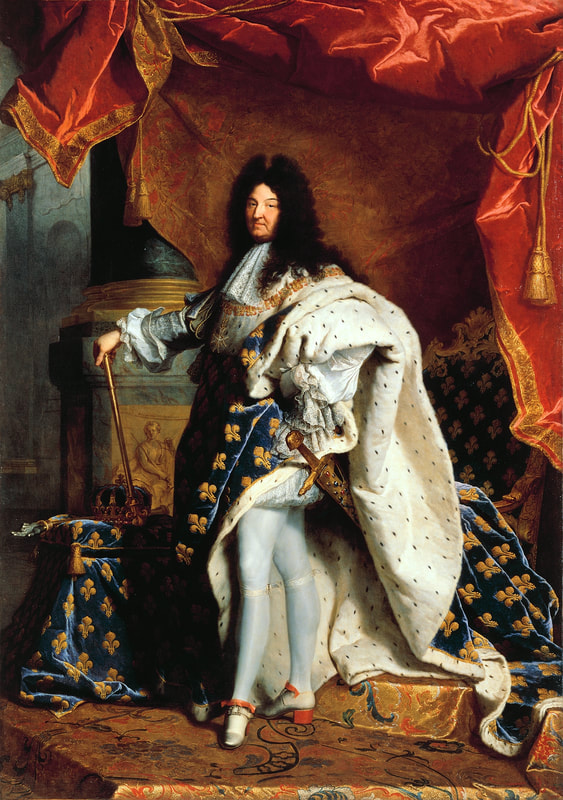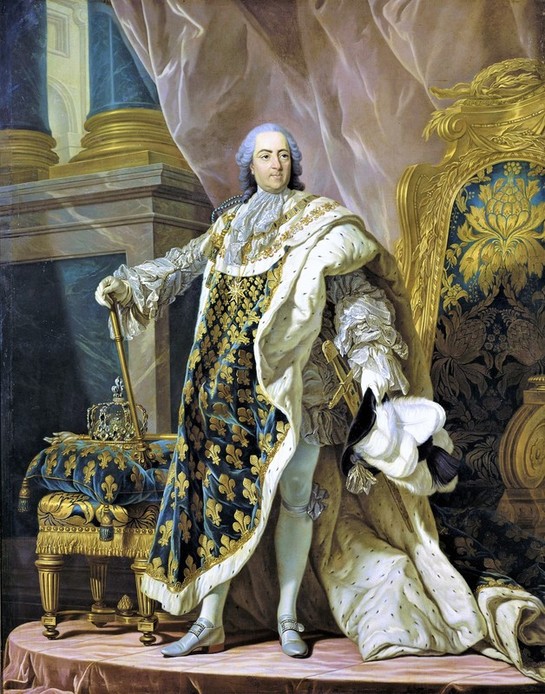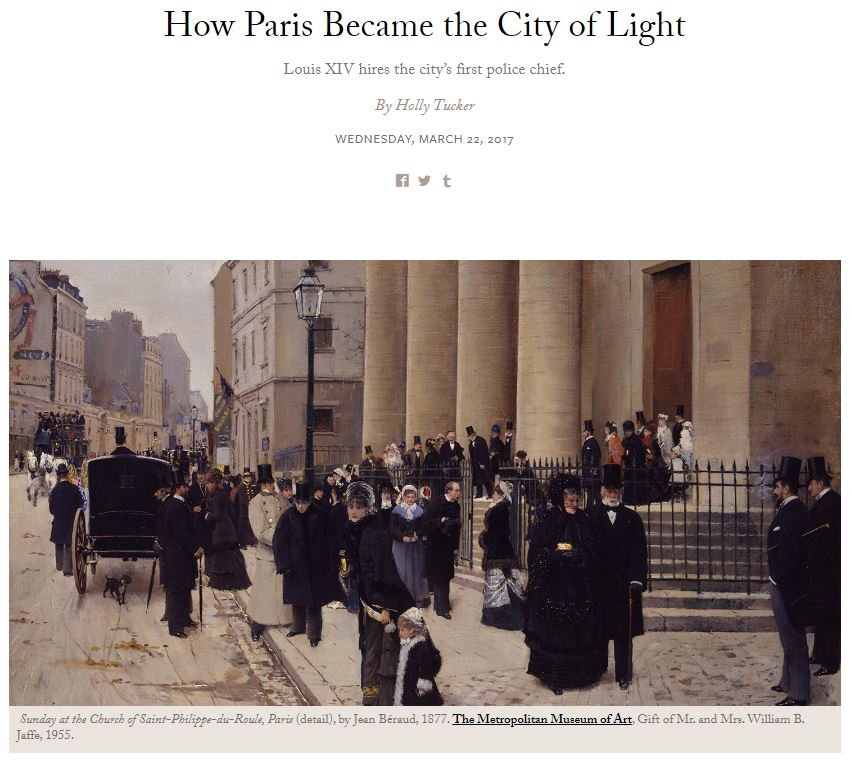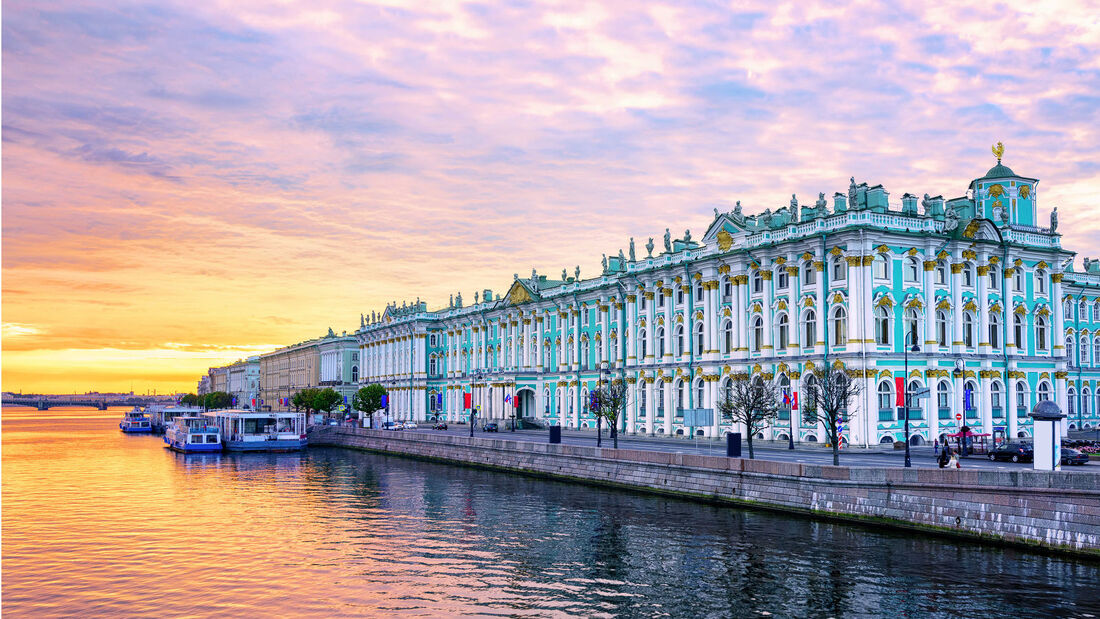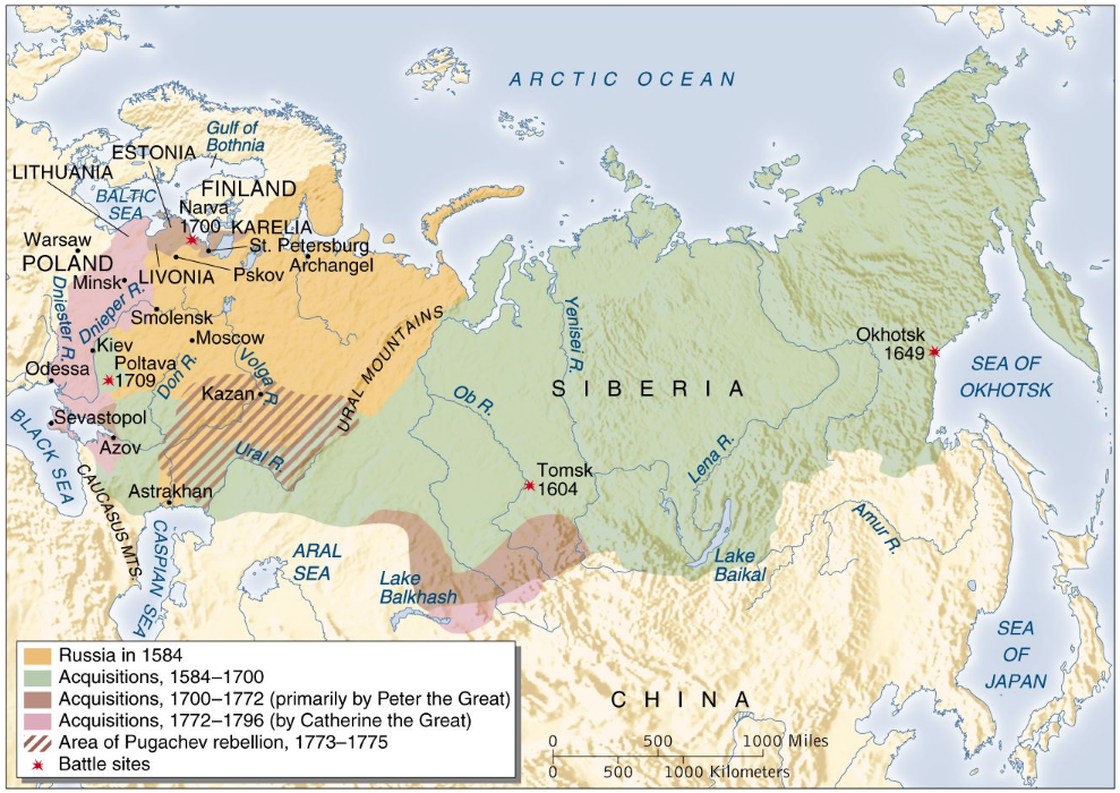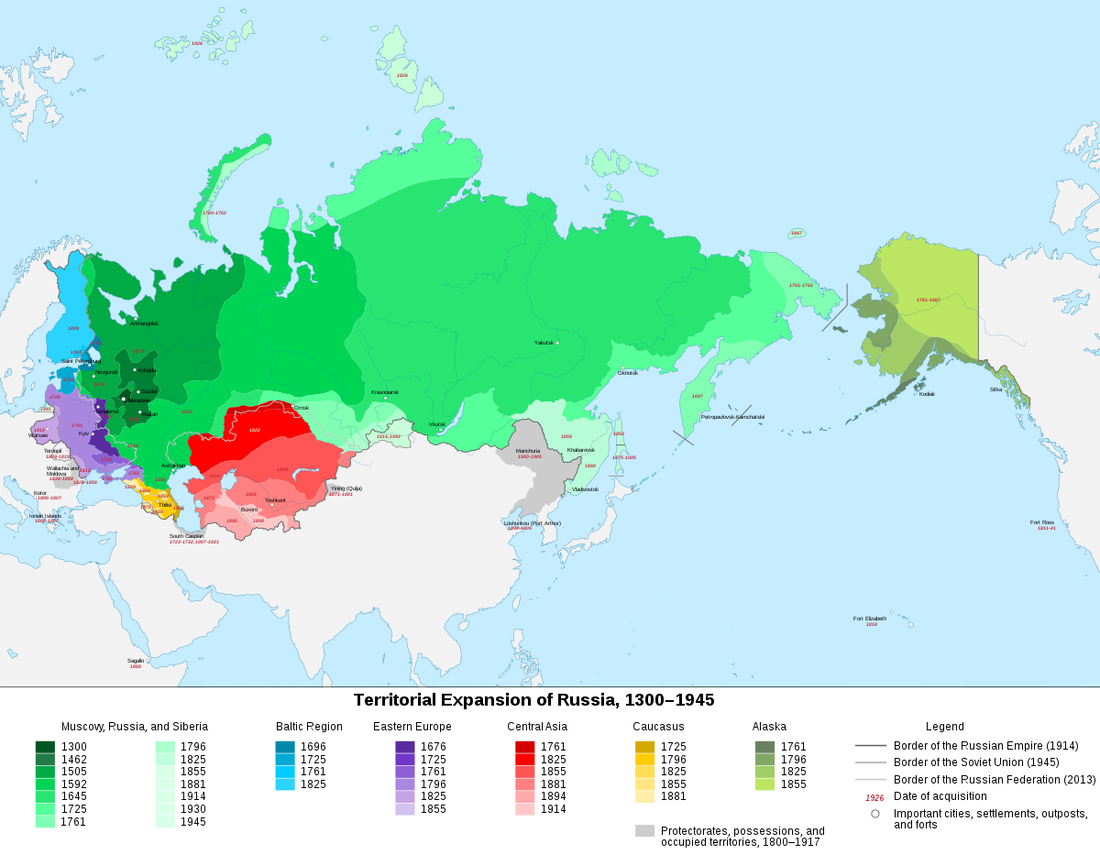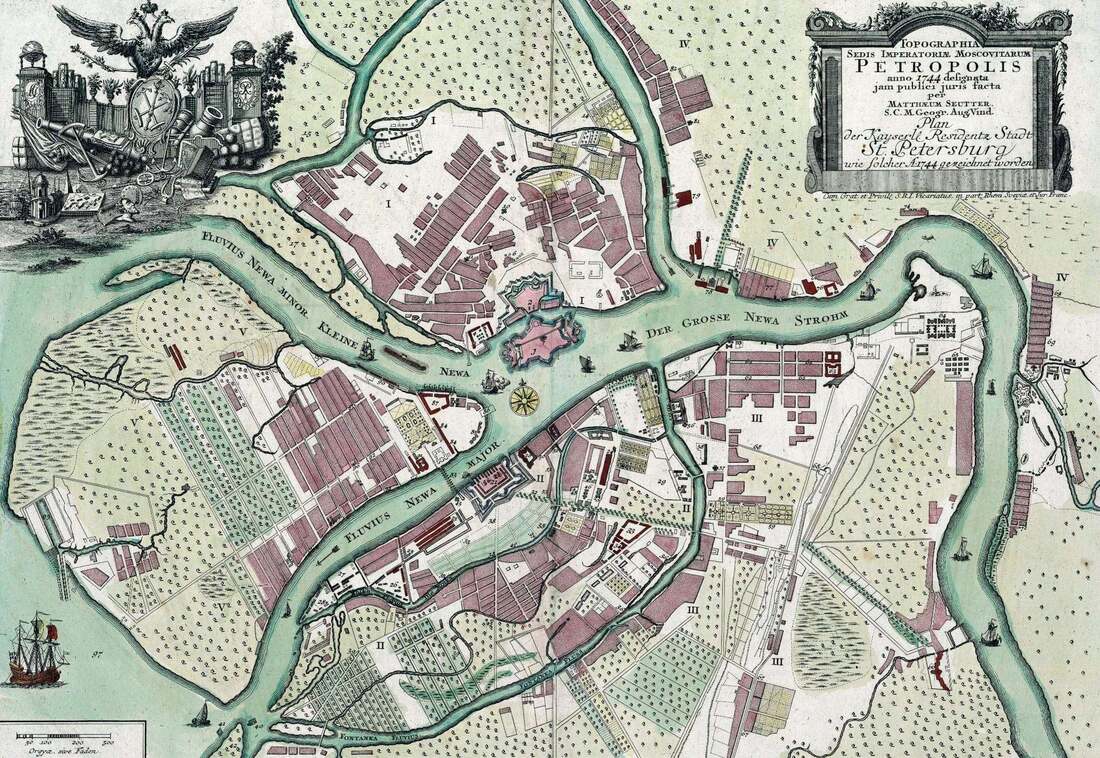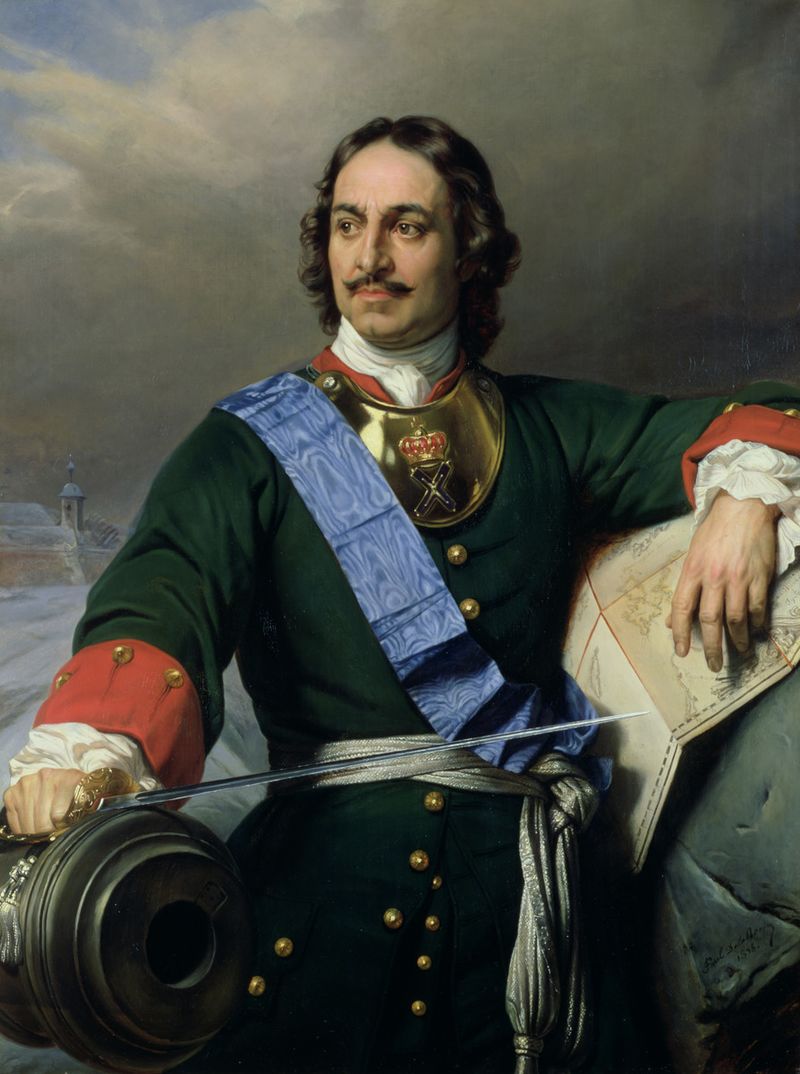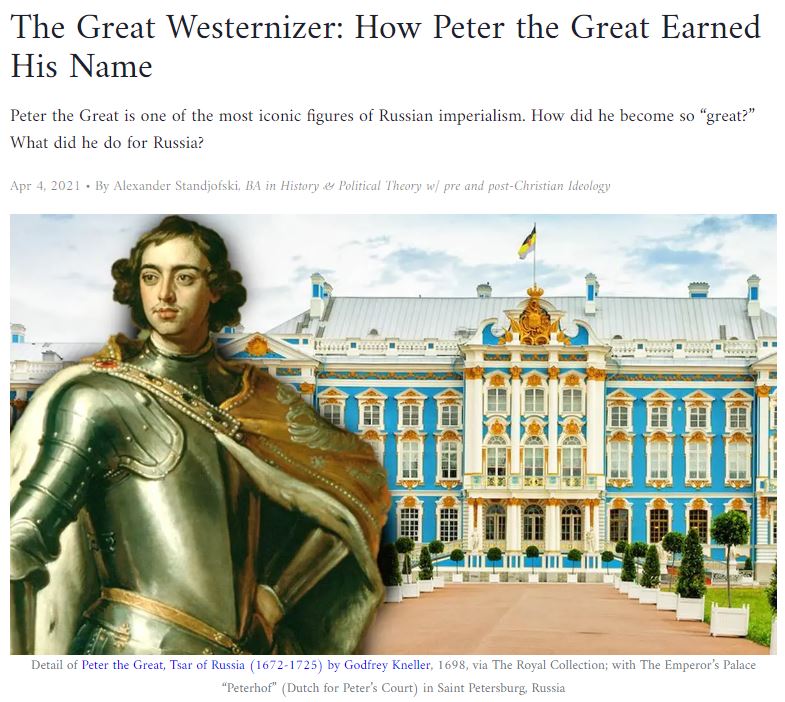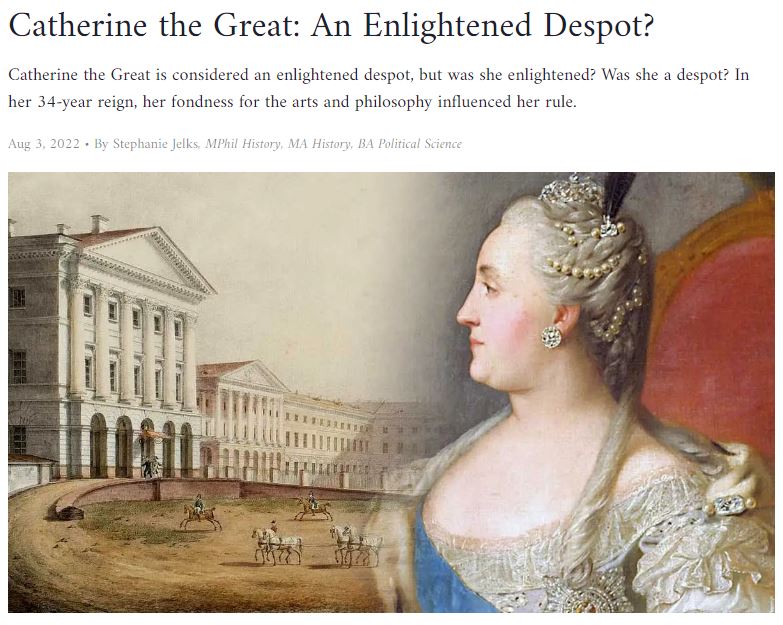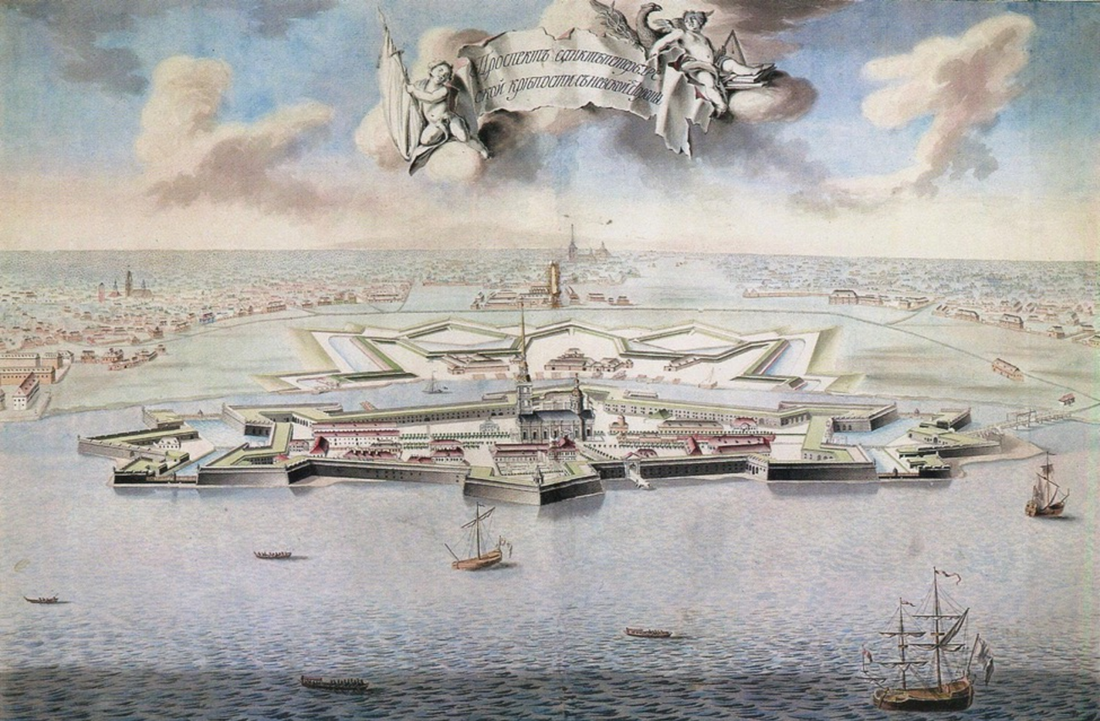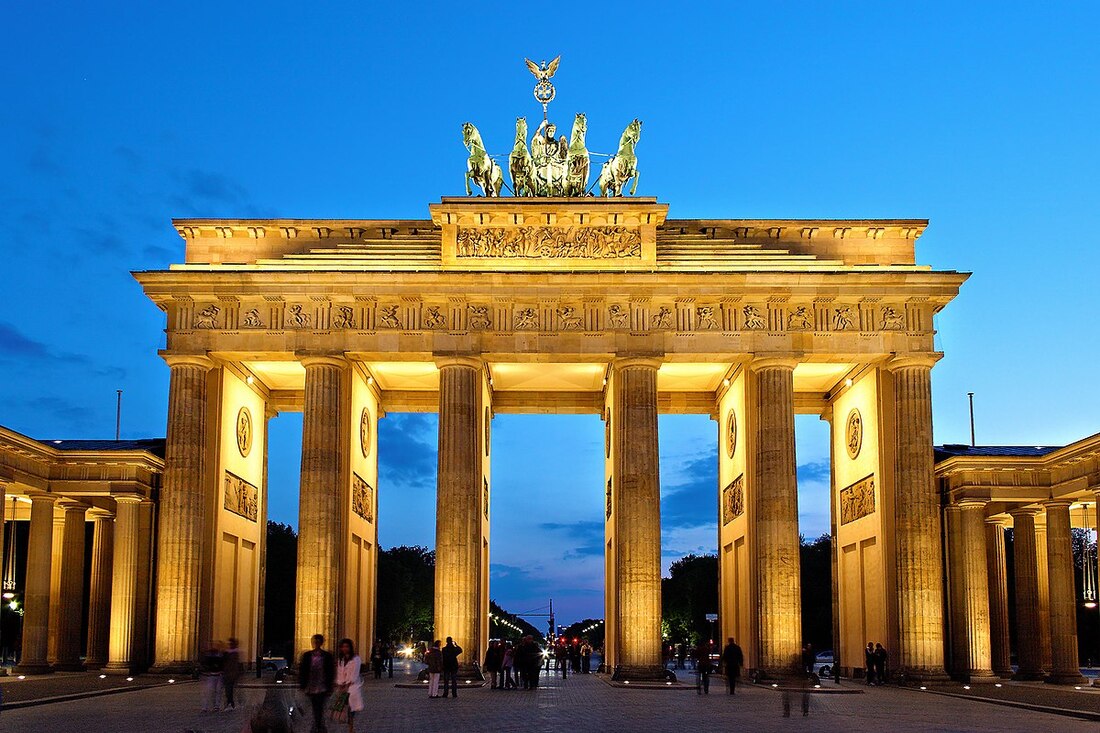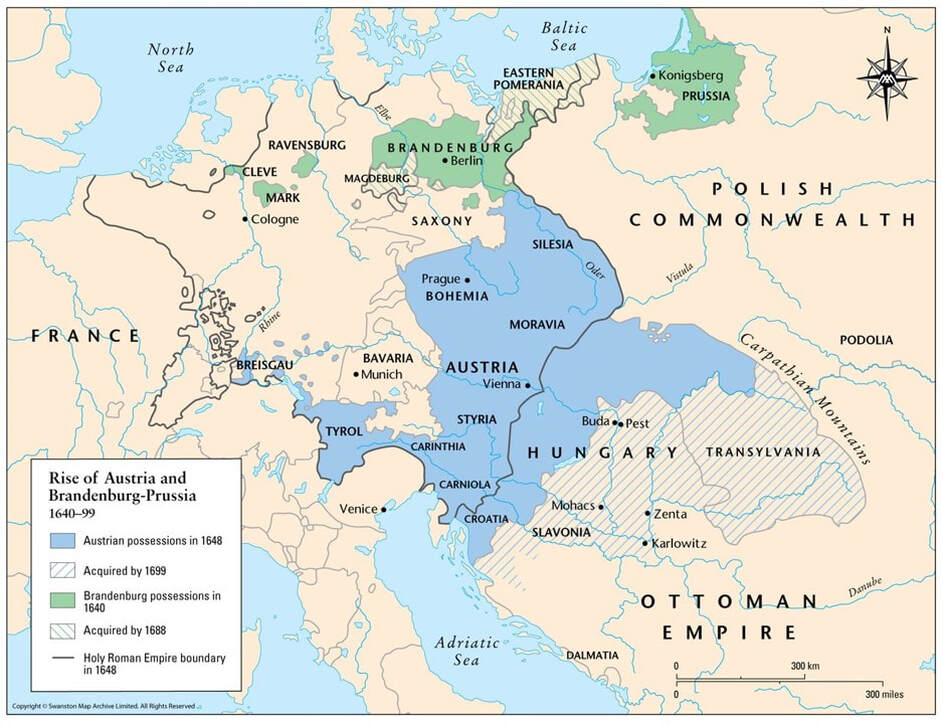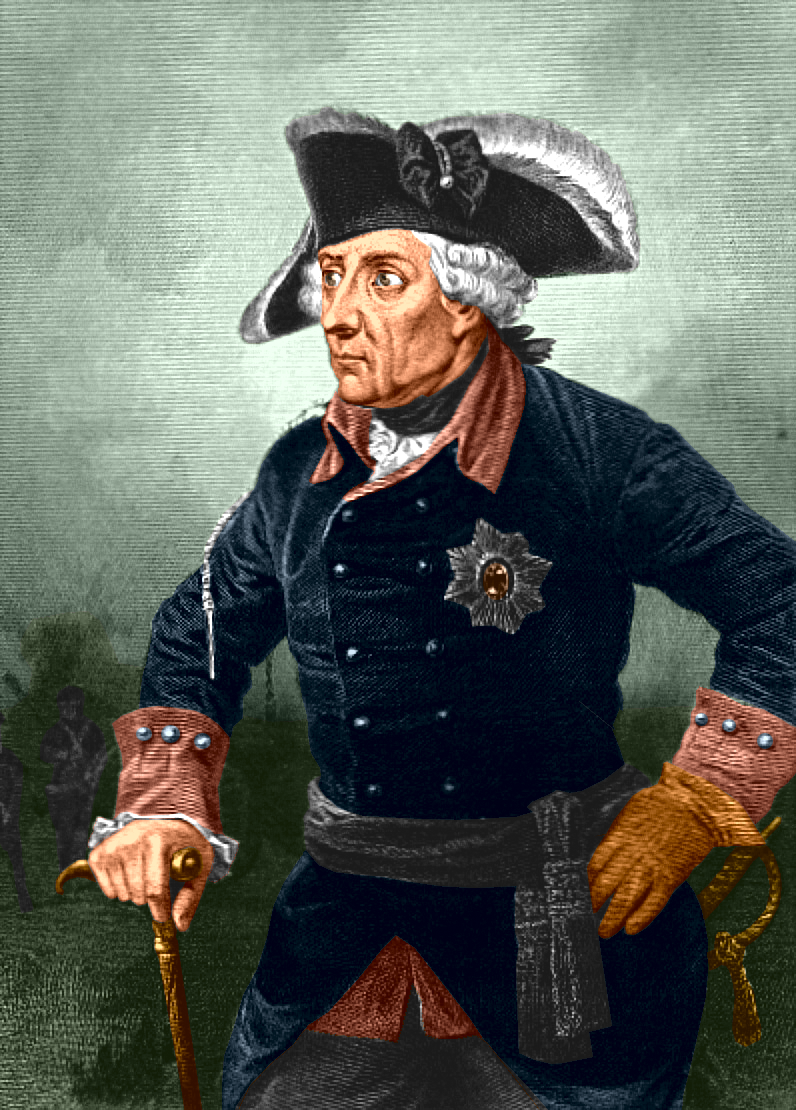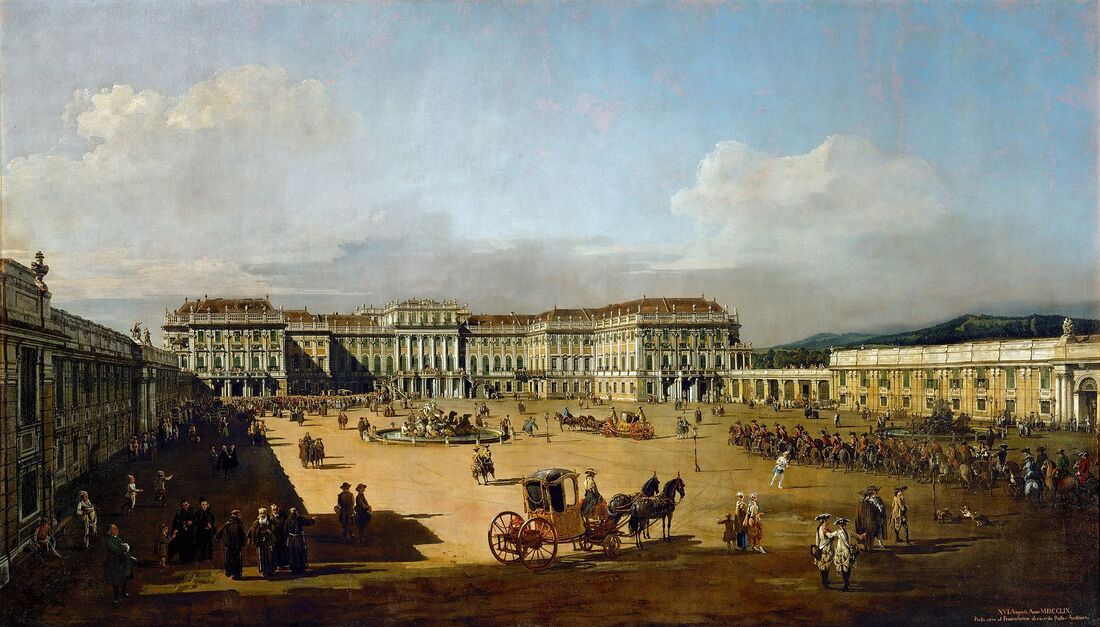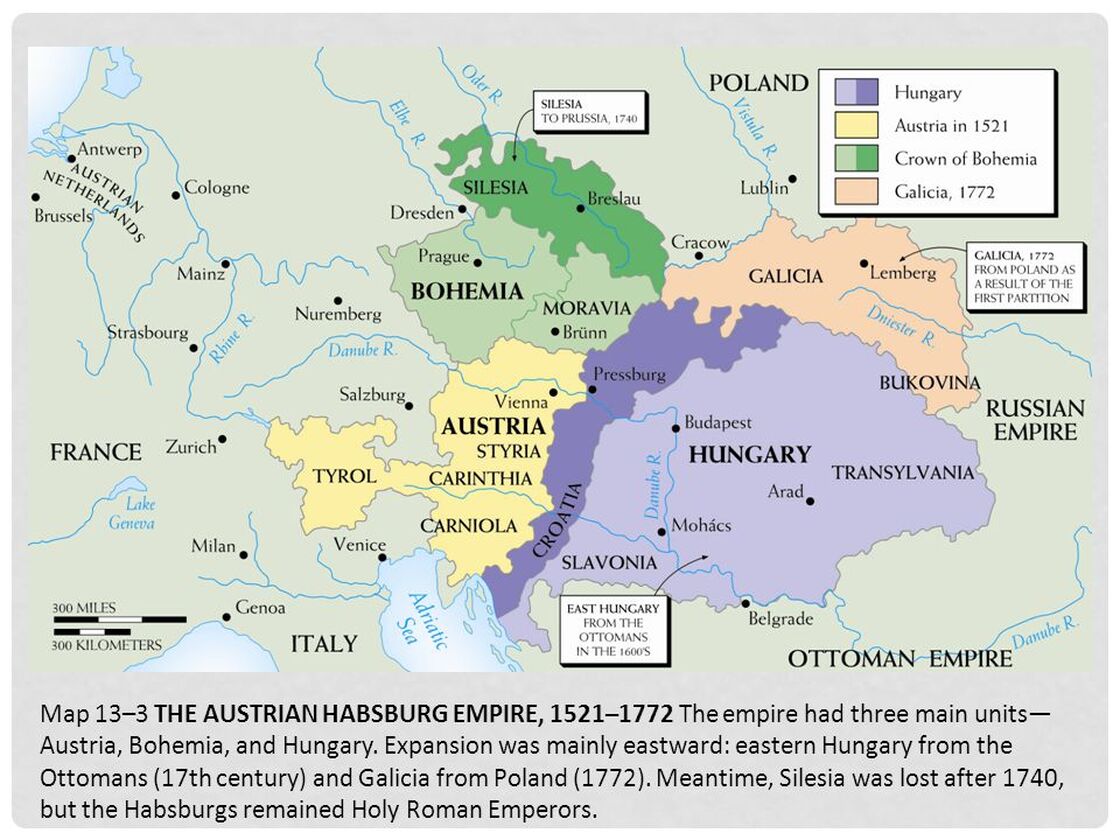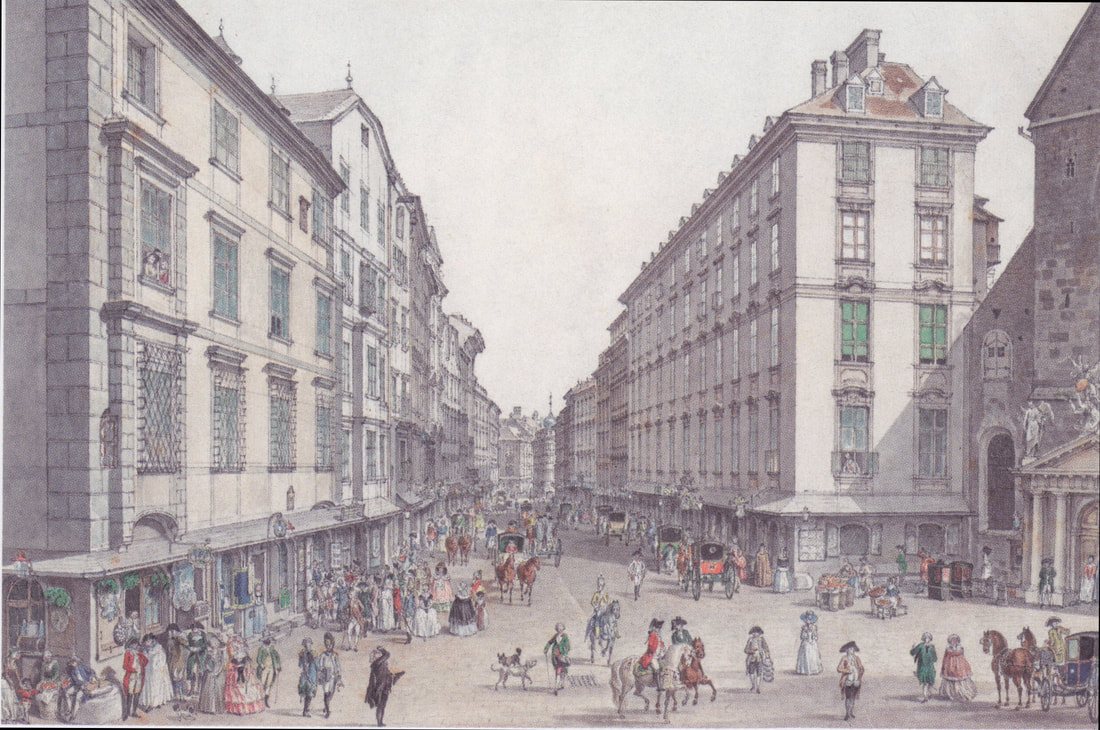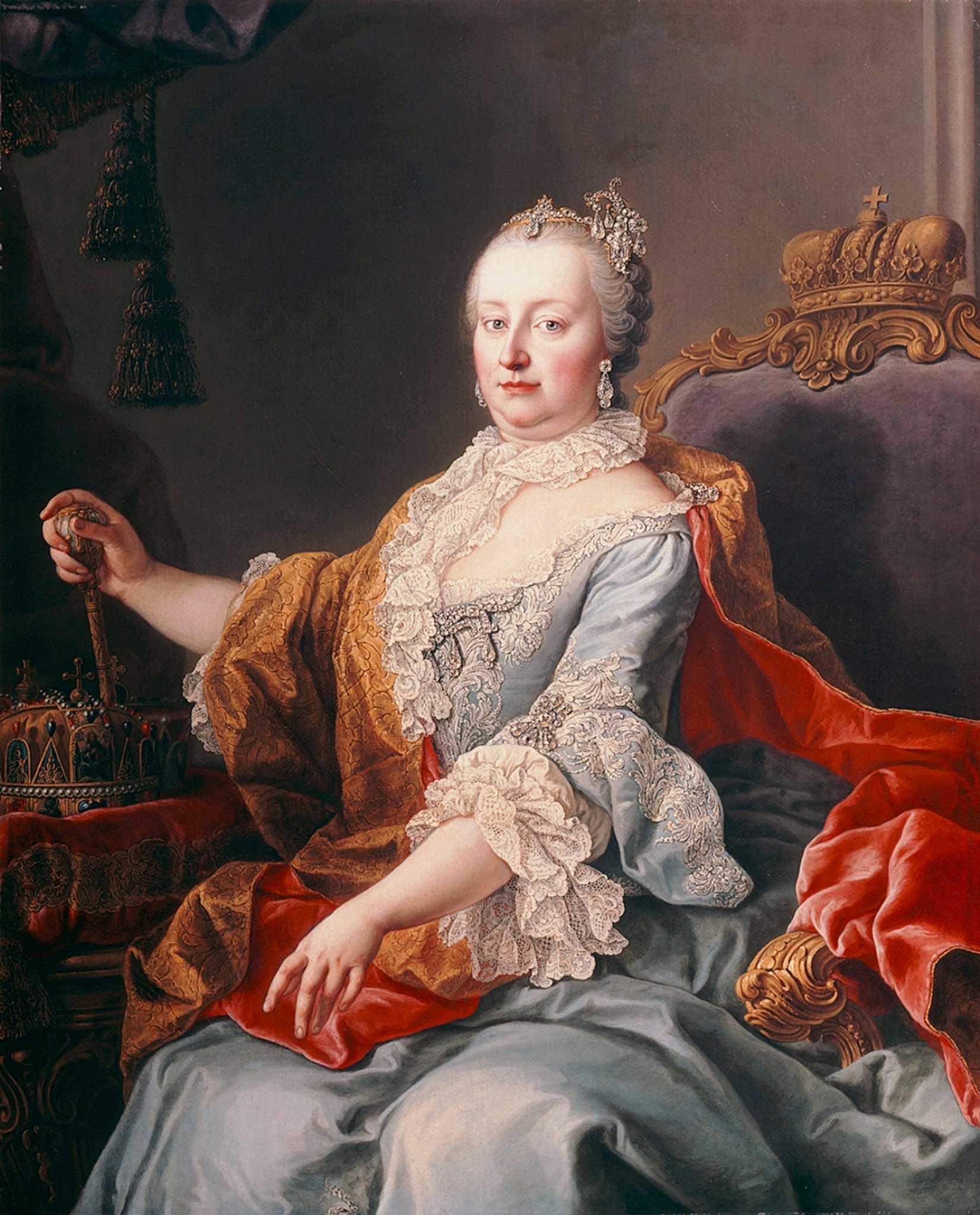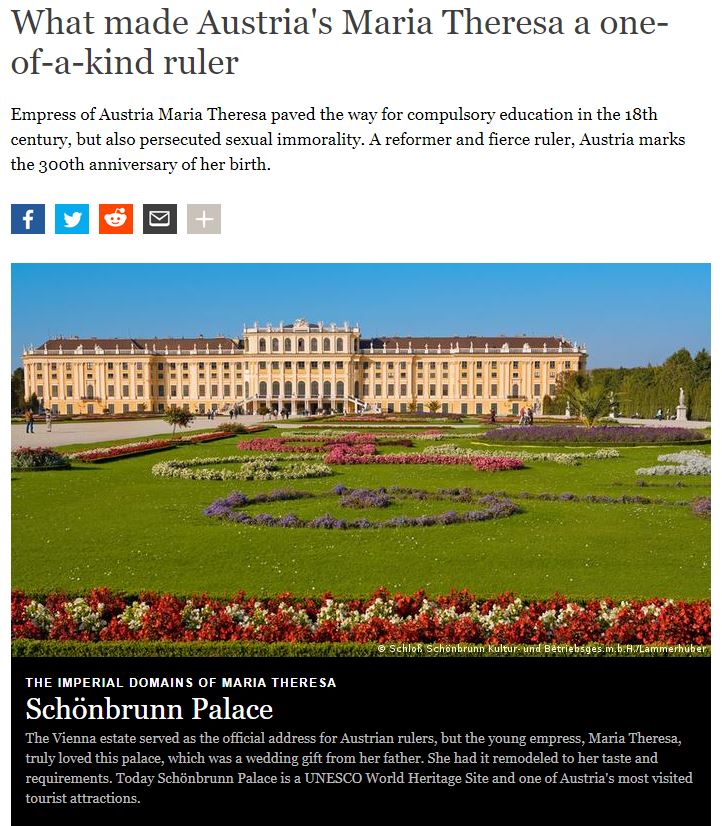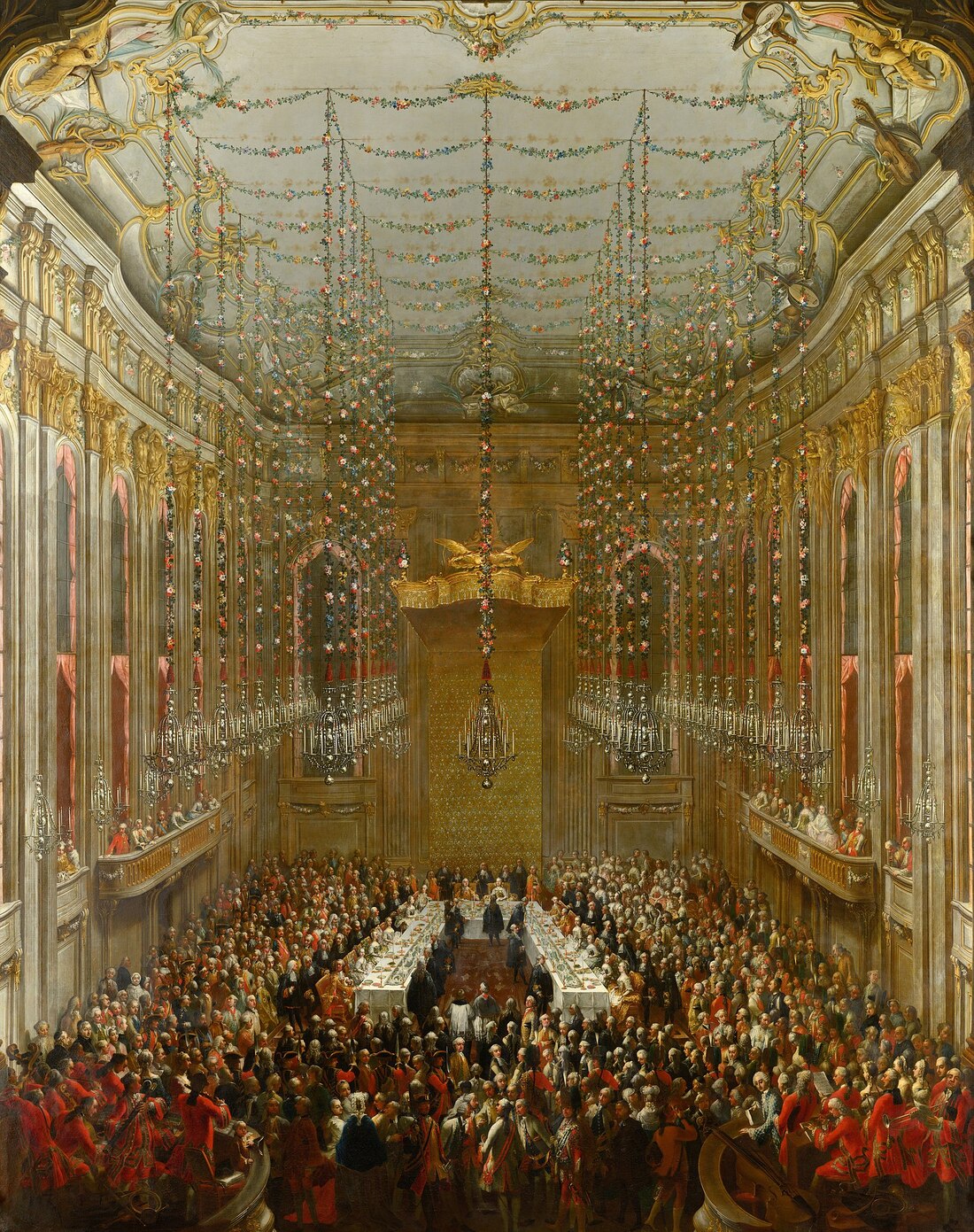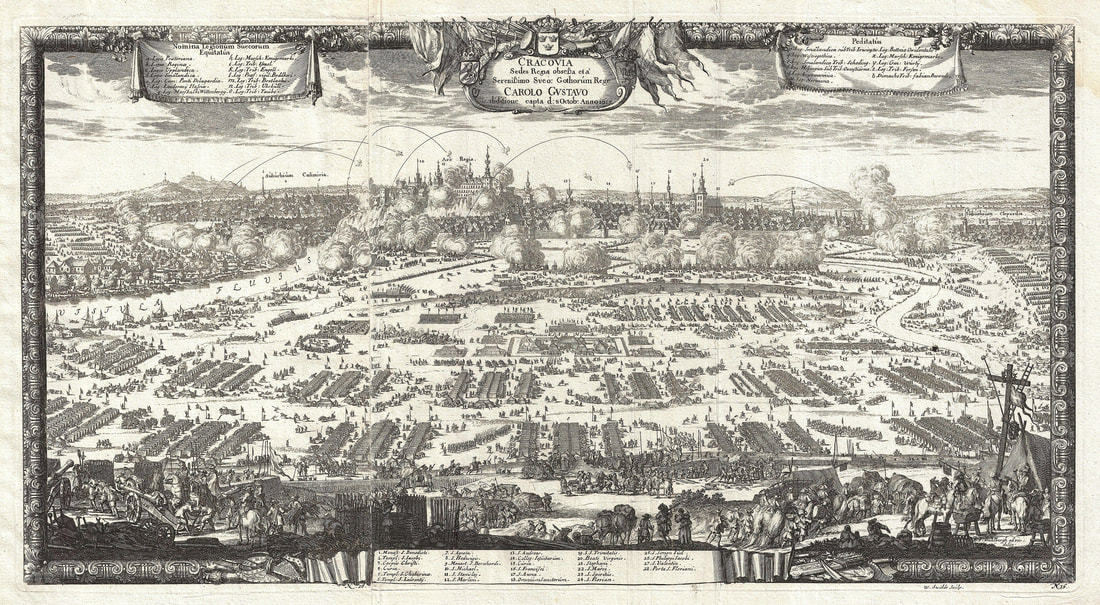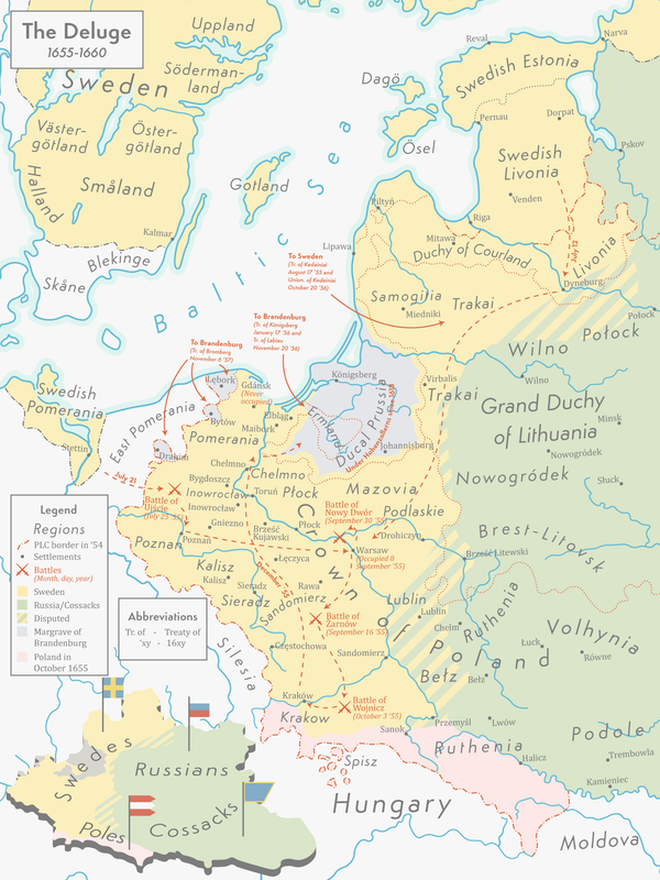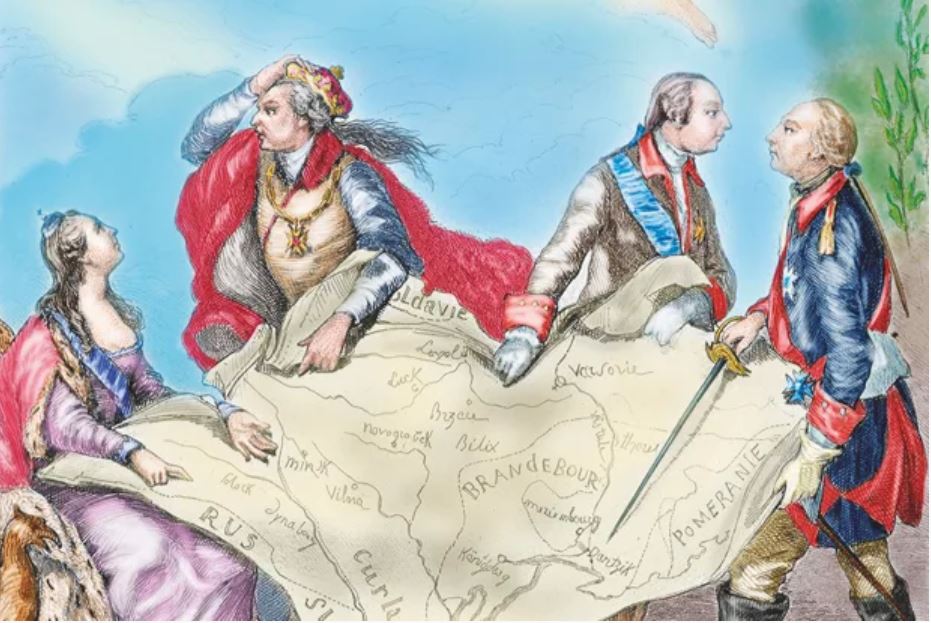Justified and rationalized by theories of political sovereignty, states adopted a variety of methods to acquire the human, fiscal, and material resources essential for the promotion of their interests.
Sovereignty,
c. 1648-1815 CE
Europe in 1762
Contents
Between 1648 and 1815, the sovereign state was consolidated as the principal form of political organization across Europe. Justified and rationalized by theories of political sovereignty, states adopted a variety of methods to acquire the human, fiscal, and material resources essential for the promotion of their interests. Although challenged and sometimes effectively resisted by various social groups and institutions, the typical state of the period, best exemplified by the rule of Louis XIV in France, asserted claims to absolute authority within its borders. A few states, most notably England and the Dutch Republic, gradually developed governments in which the authority of the executive was restricted by legislative bodies protecting the interests of the landowning and commercial classes.
Between the Peace of Westphalia (1648) and the Congress of Vienna (1814–1815), European states managed their external affairs within a balance of power system. In this system, diplomacy became a major component of the relations among states. Most of the wars of the period, including conflicts fought outside of Europe, stemmed from attempts either to preserve or disturb the balance of power among European states. While European monarchs continued to view their affairs in dynastic terms, increasingly, reasons of state influenced policy.
Source: https://apcentral.collegeboard.org/pdf/ap-european-history-course-and-exam-description.pdf
Between the Peace of Westphalia (1648) and the Congress of Vienna (1814–1815), European states managed their external affairs within a balance of power system. In this system, diplomacy became a major component of the relations among states. Most of the wars of the period, including conflicts fought outside of Europe, stemmed from attempts either to preserve or disturb the balance of power among European states. While European monarchs continued to view their affairs in dynastic terms, increasingly, reasons of state influenced policy.
Source: https://apcentral.collegeboard.org/pdf/ap-european-history-course-and-exam-description.pdf
The English Constitution
Objective: Explain the causes and consequences of the English Civil War.
- The English Civil War—a conflict among the monarchy, Parliament, and other elites over their respective roles in the political structure— exemplified the competition for power among monarchs and competing groups.
- The outcome of the English Civil War and the Glorious Revolution protected the rights of gentry and aristocracy from absolutism through assertions of the rights of Parliament.
English Civil War: Crash Course European History #14
After Elizabeth, things didn't go that smoothly. We'll talk about James I, Charles I, Oliver Cromwell, Charles II, and James II, all of whom ruled England, (and tried to rule all of Britain and Ireland) with varying degrees of success.
The English Civil War
|
Charles I at the Hunt (1635) by Anthony van Dyck depicts Charles resting in a manner described as a "subtle compromise between gentlemanly nonchalance and regal assurance".
|
execution of Charles I in 1649 by unknown artist
The Glorious Revolution
Christopher Wren's plan for the rebuilding of London after the Great Fire of 1666 with St. Paul's Cathedral in the upper-left corner
|
The English Civil War and Glorious Revolution (comprehensive)
The English Civil War and Glorious Revolution (abridged)
|
The Dutch Republic
Objective: Explain the factors that contributed to the development of the Dutch Republic.
Dutch Golden Age: Crash Course European History #15
While the English were falling apart a little, with their civil war and their restoration and their succession problems, the Dutch were getting their act together. They were throwing off the yoke of the Spanish Empire, uniting their provinces, and building out their global trade network. Today, we'll learn about how the Dutch came to their Golden Age, and how it ended.
The Anglo-Dutch Wars and Franco-Dutch War greatly weakened the Netherlands and brought an end to the Dutch Golden Age.
|
|
|
|
The Dutch Republic (comprehensive)
The Dutch Republic (abridged)
|
Absolute Monarchy
Objectives:
- Explain the context in which different forms of political power developed from 1648 to 1815.
- Explain how absolutist forms of rule affected social and political development from 1648 to 1815.
- Explain how European states attempted to establish and maintain a balance of power on the continent throughout the period from 1648 to 1815.
Absolute Monarchy: Crash Course European History #13
So far, the rulers of Europe have been working to consolidate their power and expand their kingdoms, and this is it. The moment they've been working toward: Absolute Monarchy. We're going to learn about how kings and queens became absolute rulers in Europe, and where better to start than with Louis XIV of France, who is really the model for absolute rule.
|
Portrait of Louis XIV as Jupiter Conquering the Fronde (1655) by Charles François Poerson. He was just that fabulous. No lie.
|
|
The Bourbon Dynasty of France
The Baroque-style Palace and Gardens of Versailles were built to awe French nobility. They were widely imitated in palaces built by other European monarchs.
|
French culture and influence were at their height during the reign of Louis XV (r. 1715–1774). However, his leadership weakened France, and he is credited with saying "Après moi, le déluge" ("After me, comes the flood") foreshadowing the French Revolution and the collapse of the monarchy.
|
Article: How Paris Became the City of Light
|
|
Absolute Monarchy and the Bourbon Dynasty of France (comprehensive)
Absolute Monarchy and the Bourbon Dynasty of France (abridged)
|
The Romanov Dynasty of Russia
The Rise of Russia and Prussia: Crash Course European History #17
In eastern Europe, in the 17th century a couple of "great powers" were coming into their own. The vast empire of Russia was modernizing under Peter the Great, and the relatively tiny state of Prussia was evolving as well. Russia (and Tsar Peter) reformed many aspects of Russian governance, realigning them toward the way things were done in western Europe. In Prussia, efficiency of institutions became a thing, and Prussia turned into "a large army with a small state attached."
The Russian Winter Palace in Saint Petersburg was built in imitation of Versailles.
Saint Petersburg in 1744
|
Peter I, the Great (r. 1682–1725) elevated Russia from a weak state on Europe's eastern fringe to a Great Power as he modernized and Westernized the nation.
|
|
Peter and Paul Fortress and Cathedral, Saint Petersburg by unknown artist (1780)
The Hohenzollern Dynasty of Prussia
Enlightened Monarchs: Crash Course European History #19
In the late 1700s, Enlightenment philosophers and thinkers discussed ideas would shape governance for hundreds of years. This week, we're learning how monarchs across Europe were influenced by those ideas. Adoption of Enlightenment ideas across Europe was...uneven, to say the least. In this episode you'll learn about Catherine the Great of Russia, Frederick the Great of Prussia, Maria Theresa of the Habsburg Dynasty, and Joseph II, her successor. We'll also get into the impact the Enlightenment had on a series of Louis in France.
Frederick William II ordered construction of the famous Brandenburg Gate, Berlin, completed in 1791.
view of Berlin by Merian Matthäus (1652)
|
Frederick II, the Great (r. 1740–1786) greatly expanded Prussia's territory and made Prussia a leading military power in Europe. Considering himself "the first servant of the state", he advocated enlightened absolutism.
|
|
The Hapsburg Dynasty of Austria
Schönbrunn Palace was the Habsburg summer residence in Vienna, Austria.
Kohlmarkt in Vienna, Austria by Carl Schütz (1786)
|
Maria Theresa (r. 1740–1780), the only female leader of the Hapsburg dynasty, modernized Austria, mothered 16 children, and defended her lands against Frederick the Great of Prussia in both the War of Austrian Succession and Seven Years’ War.
|
|
Wedding Supper at Redoutensaal by Martin van Meytens (1763) celebrates the marriage of Princess Isabella of Parma to Joseph II, Holy Roman Emperor at the Hofburg Palace in Vienna.
The Partitions of Poland
Krakow, Poland besieged by Swedish forces in 1655. 1/3 of the Polish population perished during the Swedish Deluge (1655-1660), a military campaign also involving Russia, Germany, Denmark and Transylvania for control of Baltic Sea trade.
|
Poland fell so far from its once Great Power status, that Catherine the Great of Russia, Joseph II of Austria, and Frederick the Great of Prussia began the conquest and Partitions of Poland by the 1770s.
|
|
|
Russia, Prussia, Austria, and the Partitions of Poland (comprehensive)
Russia, Prussia, Austria, and the Partitions of Poland (abridged)
|
